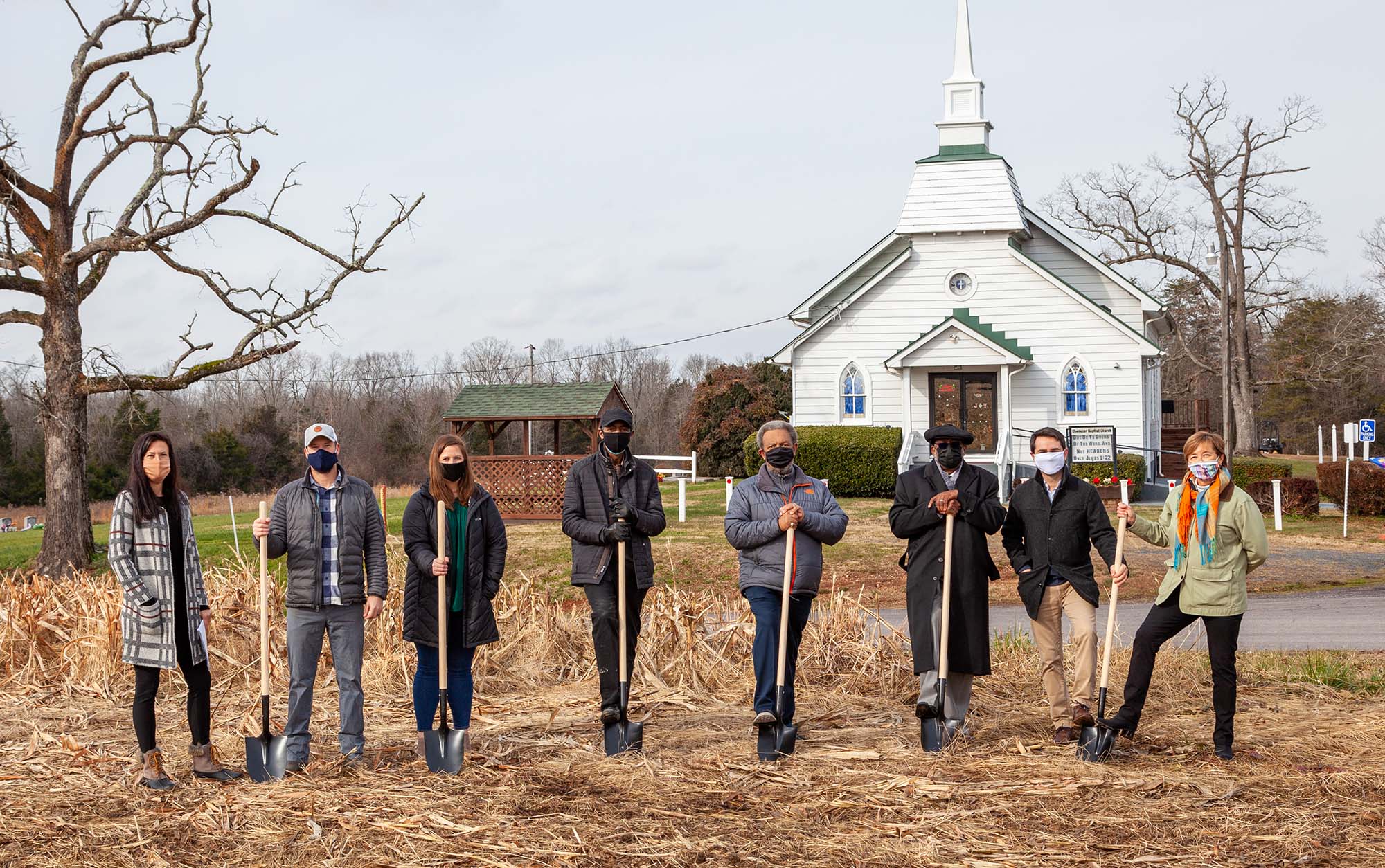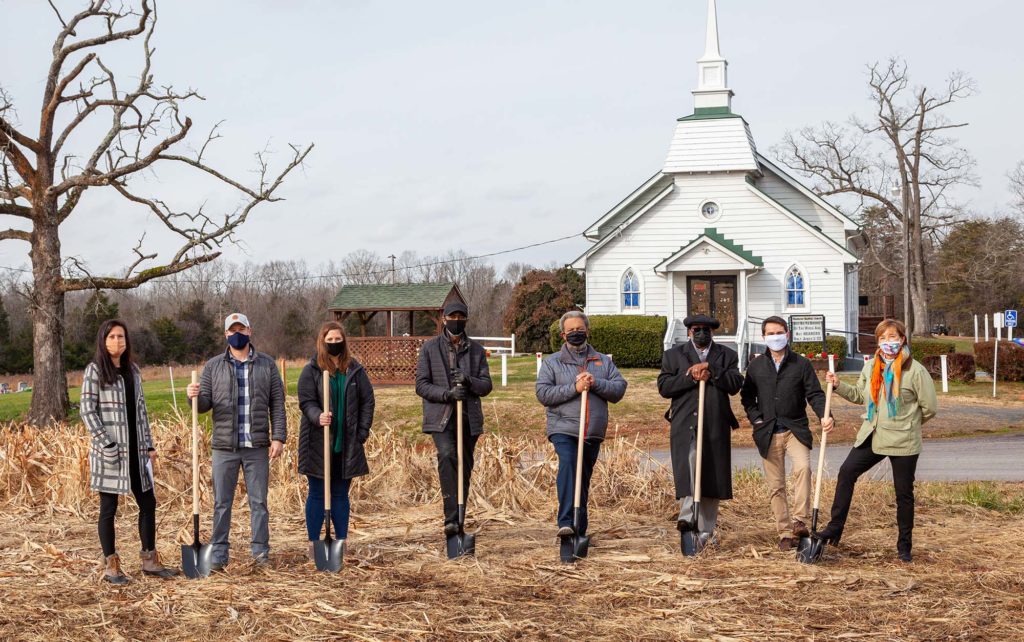While a national reckoning with the impacts of long-standing Confederate symbolism has brought about the sweeping removal of many Civil War statues across the commonwealth, at 11:30 a.m. on Saturday, Nov. 6, just ahead of Veteran’s Day, a new Civil War monument will rise up in Culpeper County, Virginia. Along Madden’s Tavern Road near the once-booming crossroads of Routes 610 and 724, this granite obelisk will memorialize the ultimate sacrifice of three veterans, United States Colored Troops (USCT) who were captured and executed by 9th Virginia Cavalry troops just 300 yards away on May 8, 1864.
Historic & Scenic Landscapes
The Piedmont’s beautiful vistas also present some of America’s most historic terrain.
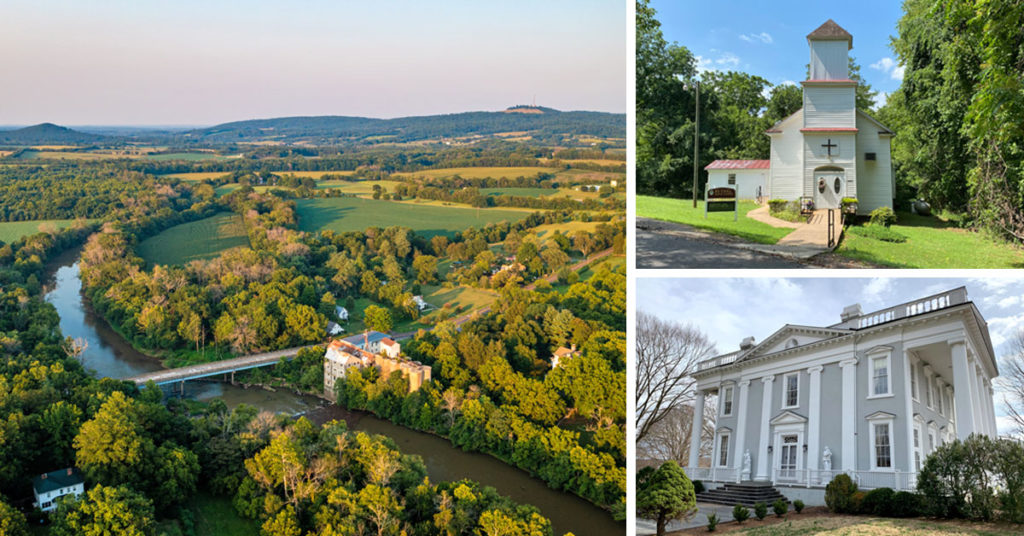
Learn About the Proposed Rapidan River – Clark Mountain Rural Historic District
On Thursday, Nov. 4 at 5:30 p.m., PEC hosted a virtual community meeting to learn about the proposed Rapidan River – Clark Mountain Rural Historic District and our work to get it listed on the Virginia Landmarks Register and the National Register of Historic Places.
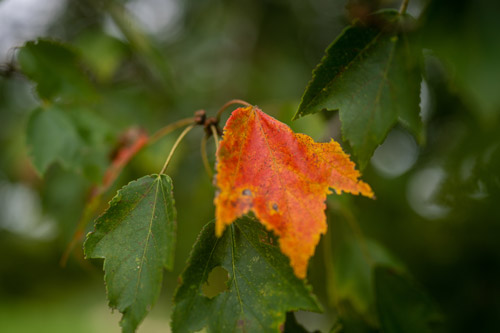
Falling into Autumn
The leaves are of particular interest to me, especially before they drop and are a fusion of colors. While a pigment change seems simple, there is quite a bit of biology and chemistry at work that ensures autumn’s vibrant palette.
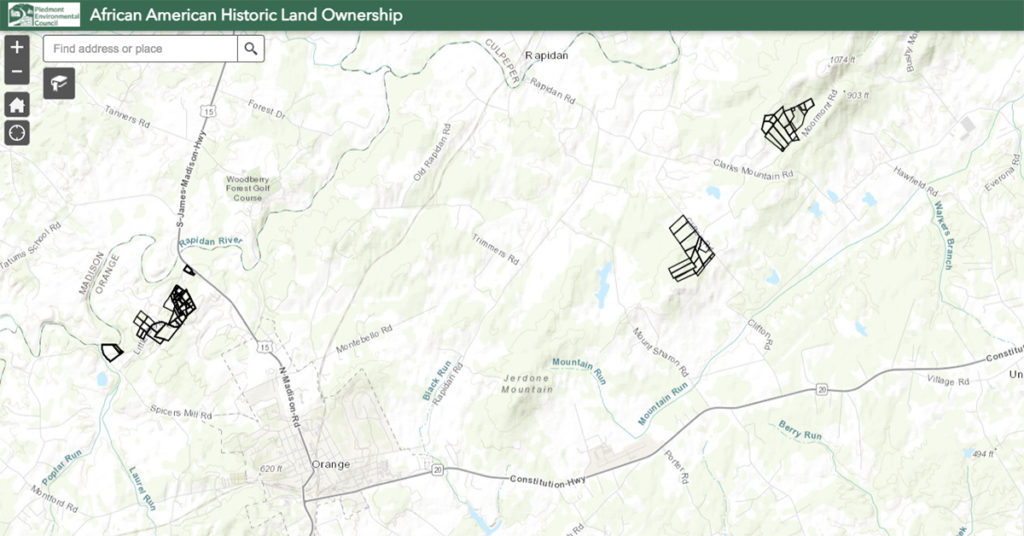
Mapping Historic African American Land Ownership
As part of PEC’s mission to protect historic resources, we have been working on the ground with communities throughout our nine-county region to document historic parcels from the 1800s through today, including those relevant to African American land ownership.

Moving the Needle
Read about the next generation making a difference in key PEC programs.

AT&T Tower Proposal Threatens Scenic Ridgeline and Violates County Code
At 6 pm on Tuesday, Sept. 14, the Loudoun County Board of Supervisors will hold a public hearing on a proposed AT&T monopole tower to be built on the ridgeline of Short Hill Mountain in northwestern Loudoun. The 125-foot monopole would be located at an existing AT&T communications facility in an agricultural zoning district.
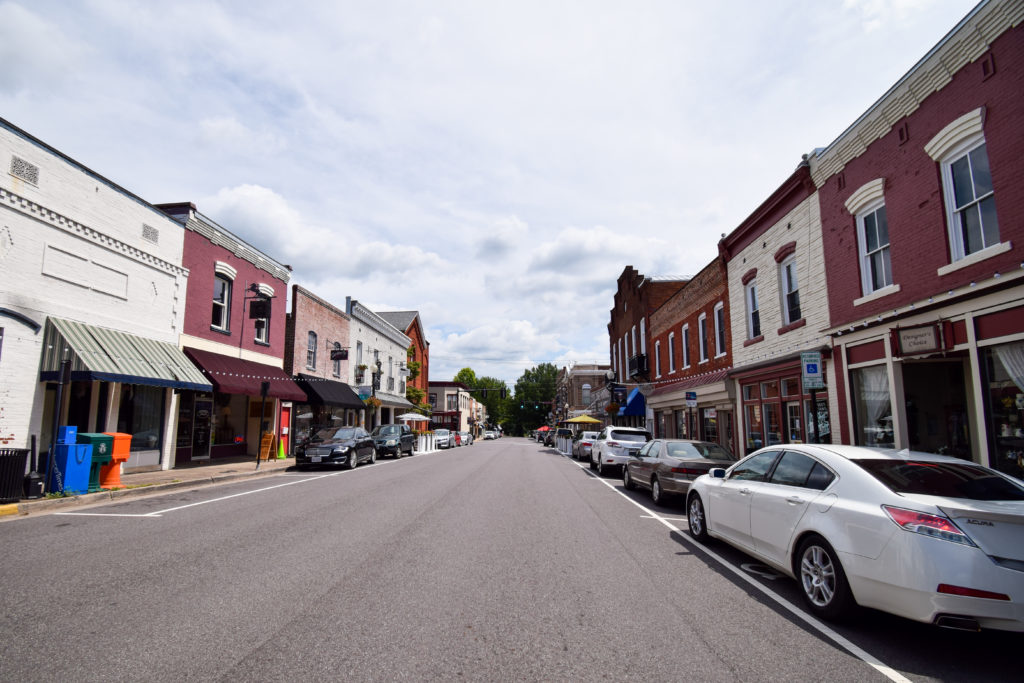
Historic Districts
PEC has a long track record of working to create historic districts throughout our nine-county service area in an effort to bring communities together to think about the long-term protection of their unique cultural and historic assets.

Undocumented Cemeteries & Burial Grounds
A severe lack of documentation contributes greatly to the loss of cemeteries and the stories they represent. We need your help!
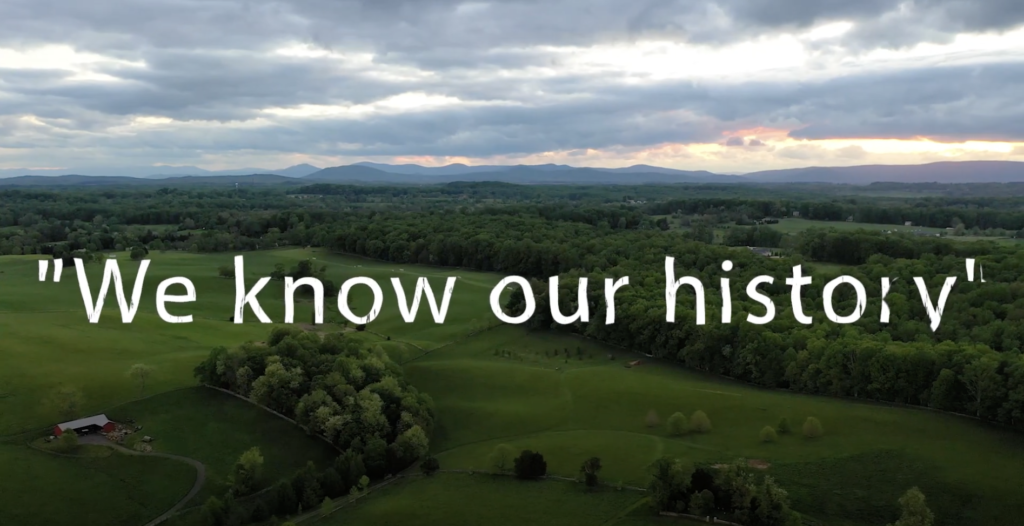
Video: Documenting Fauquier’s Forgotten History
In 1860, free and enslaved African Americans made up half of Fauquier County’s entire population. After the Civil War, Black communities like Morgantown, two miles south of Marshall, that grew out of emancipation held powerful meaning as community centers where African Americans could freely worship, conduct commerce, obtain education and own land.

Story Map Brings History to Light
In 1860, free and enslaved African Americans made up half of Fauquier County’s entire population. Black communities like Morgantown, two miles south of Marshall and where Afro-American Historical Association of Fauquier County President Karen Hughes White and Board Member Angela Davidson were raised, grew out of emancipation. They held powerful meaning as community centers where African Americans could freely do what they could not when they were enslaved: worship, conduct commerce, obtain education, own land.

